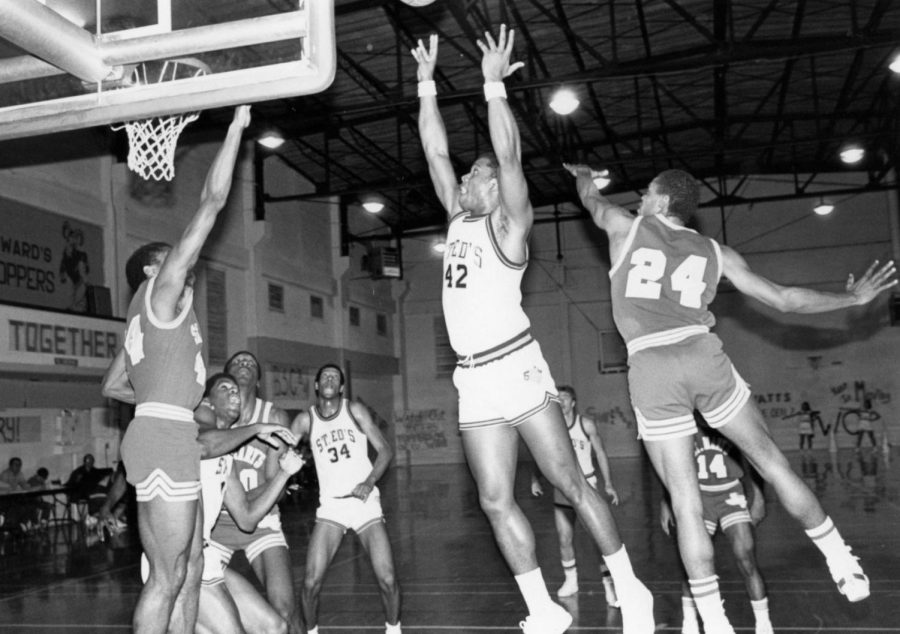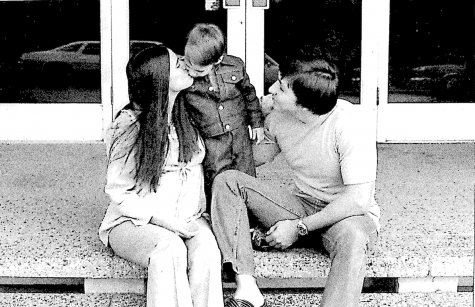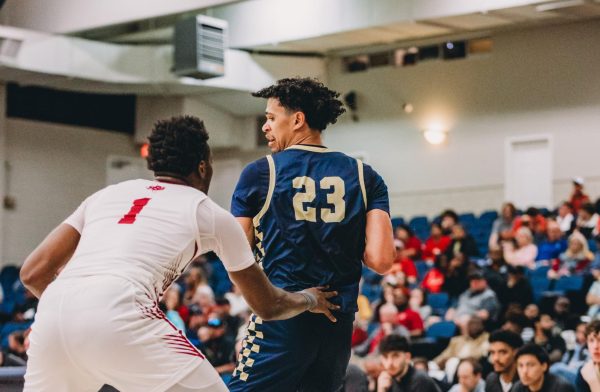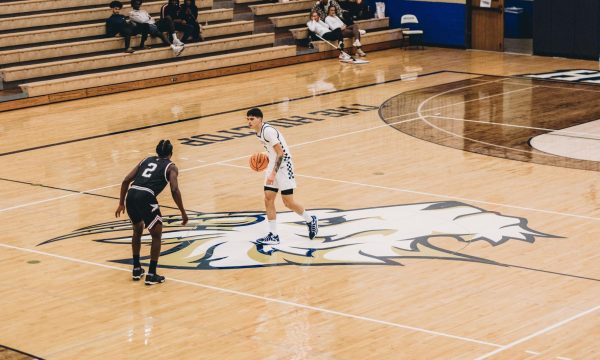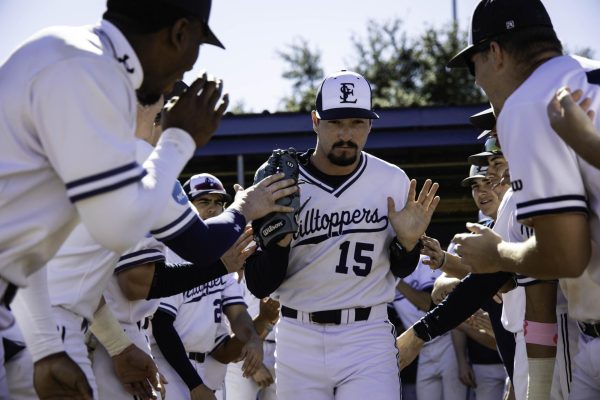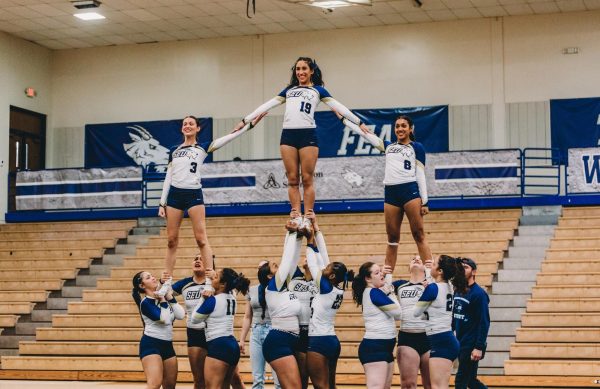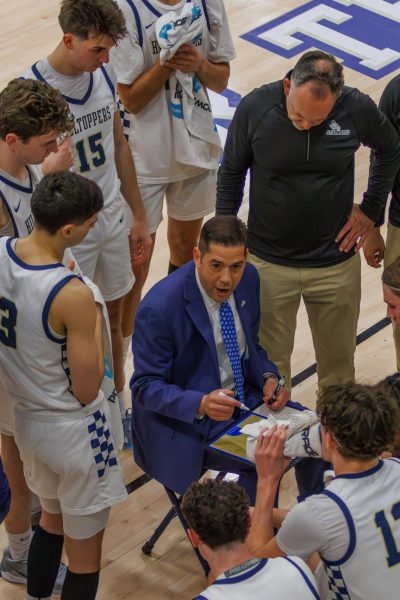From Heartland to Lone Star: SEU athletics embraces uphill battle of changing conferences
Since 1999, the St. Edward’s athletics program has been able to call the Heartland Conference home. In nearly two decades in the Heart Conference’s existence, St. Edward’s athletics has proven to be a standout program by consistently competing for conference titles, advancing through NCAA tournaments and producing several All-Americans, all while also requiring their student athletes to excel in the classroom.
However, St. Edward’s, along with all but one of the other members of the Heartland Conference, are set to transition into the Lone Star Conference following next school year.
Although there are many aspects that go into transitioning athletic conferences, University Associate Vice President for Athletics, Debbie Taylor, states that there can be several advantages that come with the new scenery.
“With 20 teams, you can kind of zone your competition. Instead of us having to go to Arkansas one week, Kansas the next week and Oklahoma the next week… we might not even have to leave Texas until we get to the playoffs,” Taylor said. “It’ll be less travel, which equals less budget requirements and less time that our student athletes are out of class.”
However, Taylor added that with these positives, there are just as many potential negatives.
“Some of the trade offs will be that they’re state schools. They have a larger student body; they’re state funded, so their facilities may be a little better than ours. We’ll be competing against schools that have a little more advantage than we do at times,” she said. “but our new master plan will be addressing all those issues.”
As far as how this transition will directly impact the school’s sports, Taylor expects for the change to be felt differently throughout each program, suggesting that added physicality can be a challenge.
“I don’t think we will see a ton of change, especially in individual sports. For some team sports, it’s going to be a physically tougher schedule because those [Lone Star] teams will be a little more physical than some of the current Heartland teams.”
Taylor has been a part of the St. Edward’s athletic program since 1990 and, through her years, she says that athletes have always done more for the school and community than just play sports.
“Whether we’re in the Lone Star or Heartland, we are still representing St. Edward’s University. We still have the same quality student athletes,and when I say quality, I’m talking about academically strong. Our student athlete GPA in the fall was a 3.37 for almost 300 student athletes. Our student athletes do a lot of work in the community, and all of that on top of being competitive,” she said. “Regardless, I think of what conference we’re in, it’s really about the experience that our student athletes get on a day-to-day basis.”
Of course, it is understandable for this change to have an impact on the way recruitment works, considering the academic quote that the university requires for their athletes. Kyle Robarts, Assistant Athletics Director for Communication and Marketing, experienced a similar transition during his time at McMurry University and can attest for the impact that this transition to Lone Star can have and how this new conference seemingly operates.
“Those schools have really advanced athletic facilities in comparison to what you see in the Heartland. In addition with being state-based, the academic standards are much different.” “It’s going to be a major adjustment because I think the competition is going to be a lot heavier based on the fact that you don’t necessarily have to make as good of grades as some of those other places to both play and compete,” he said. “Sometimes that translates to more talent. [Education] may not be as much of an emphasis at some of the Lone Star schools as it is at St. Edward’s in the Heartland.”
One of the team sports that is looking to adapt to this rougher style of play is men’s basketball, where head coach Andre Cook is already looking to prepare as adequately as possible.
“From a men’s basketball perspective, it’s going to be challenging. You start talking about some of those teams in the Lone Star, they want to win.” Cook says as he emphatically listed off the dominant, consistent forces he will soon be facing.
Though he’s had experience playing against some of those teams before, Cook says that going up against these gritty teams on a nightly basis will be most challenging, but emphasizes that he will make sure his men are ready for it.
“There’s just no break. You can start looking down the line and being like, ‘these are all games we could potentially lose,’” Coach Cook said. “That’s how hard it’s going to be. There’s the physical preparation, but there’s also the mental preparation of ‘there’s just no night off.’ But that’s what we do it for, the challenge.”
However, Cook says that he is very optimistic and is quite excited about the direction that the conference is going. Cook said. “[It’s] exciting! … The excitement of new venues, new arenas, new rivalries. That’s going to be fun.”
Though this change will reshape the landscape of athletic competitiveness at St. Edward’s, Cook says that there is still something that is guaranteed to remain constant: the quality of the student athletes.
“We are who we are. There’s a standard of the type of academic kids we can get. We all know that, we know what we signed up for.”


